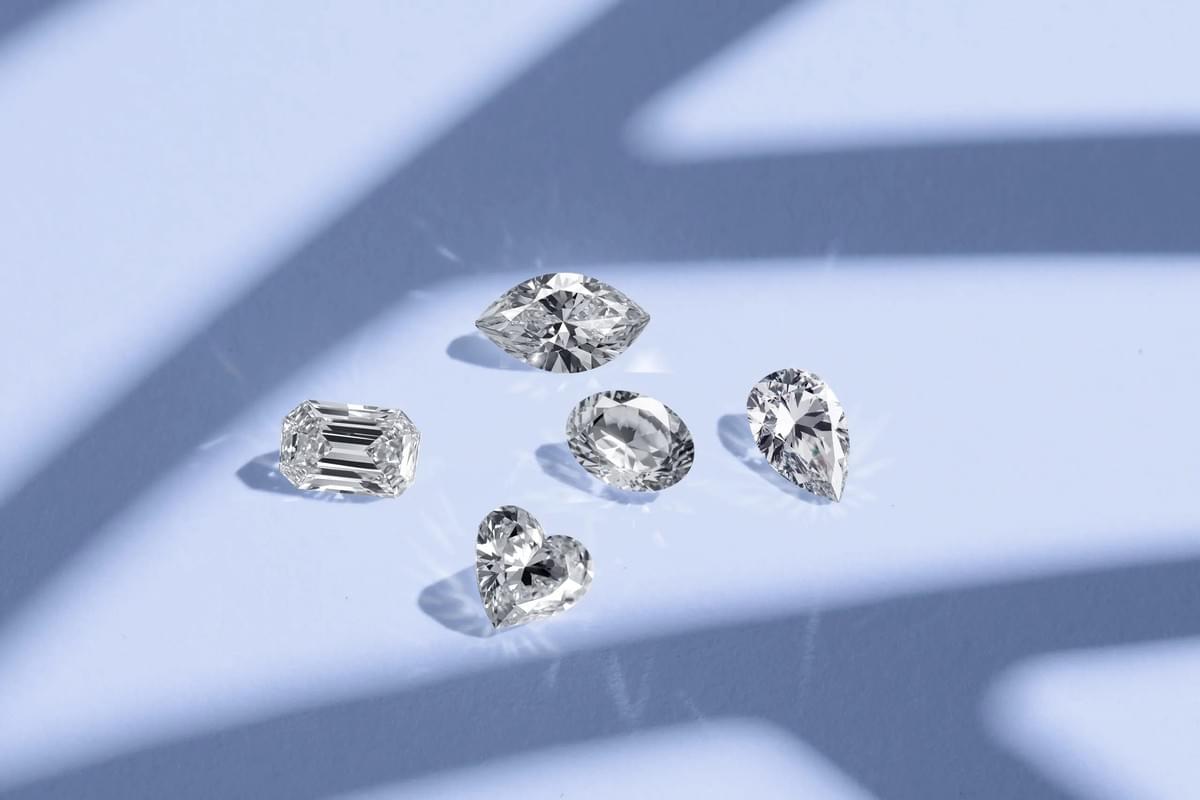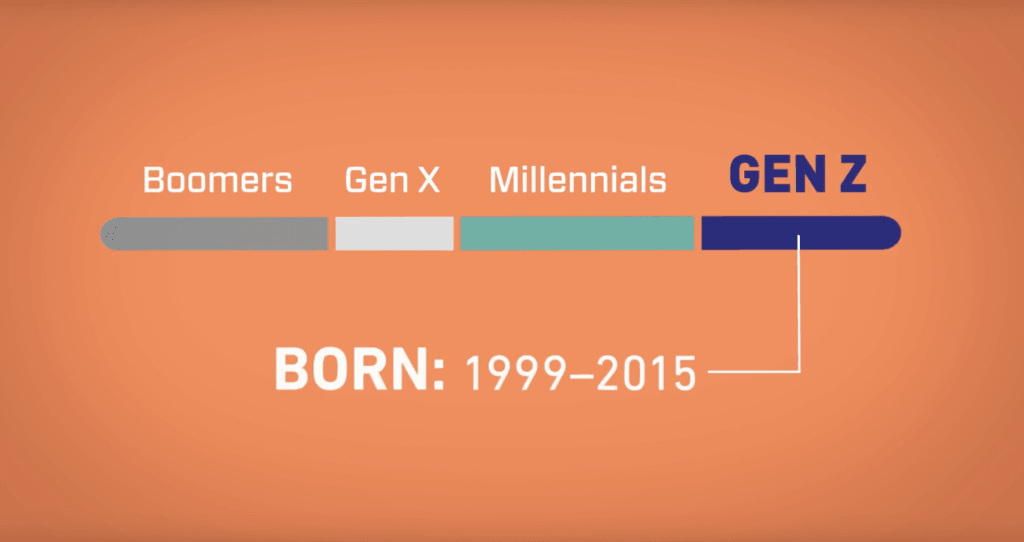The lab-grown diamond market size hit $22.79 billion in 2023 and could soar to $74.45 billion by 2032. That’s not growth—it’s a hostile takeover of the jewelry industry’s crown jewel. And honestly? The old guard should’ve seen it coming.
For decades, mined diamonds were sold as “forever.” But in 2025, consumers don’t want “forever.” They want sustainable jewelry, ethical lab-grown diamonds, and prices that don’t scream cartel economics. The diamond market is officially split in two—and one side is bleeding out.

The Numbers That Should Terrify Mining Giants
Forget fairy-tale engagement ring ads. The reality is brutal:
- Lab-created diamonds now control 21% of the global diamond market share.
- Consumer adoption surged from 3.5% in 2018 to 18.5% in 2023.
- Traditional diamond production has cratered from 175 million carats in 2006 to 121 million in 2023.
That’s not disruption—it’s erosion. Natural diamonds aren’t rare anymore. They’re desperate.
The Myth of “Forever” Is Dead
Here’s the truth: lab-grown vs. natural diamonds isn’t even a fair fight. Lab-created stones are chemically identical, cost less, and carry the sustainable jewelry tag Gen Z craves.
Consumers are asking questions De Beers never wanted to answer:
- Where did this stone come from?
- What damage did it cause to the planet?
- Why pay double for the same carbon crystal?
Traditional miners are pivoting hard, but let’s not sugarcoat it—they’re hedging for survival. De Beers is now offering country-of-origin certifications for natural stones, but that feels less like innovation and more like PR damage control.

A Jewelry Market Turned Upside Down
The lab-grown diamond jewelry market started with engagement rings. Now? It’s everywhere:
- Engagement Rings & Wedding Bands – The democratization of luxury.
- Diamond Stud Earrings – Bestsellers, now affordable at scale.
- Tennis Bracelets & Statement Necklaces – Once for the elite, now mainstream.
- Fashion Jewelry – Experimental designs made possible by cheap lab supply.
The point is obvious: lab-grown diamonds are no longer “alternatives.” They’re the default choice for a generation that refuses to bankroll outdated luxury narratives.
Industry Leaders Can’t Agree on the Future
David Kellie, CEO of the Natural Diamond Council, practically begged at the Dubai Diamond Conference: “The whole industry needs to come together to promote the natural diamond narrative.” Translation: the old business model is cracking.
Meanwhile, tech-first startups and even fashion brands are eating market share by launching lab-created diamond lines. Consumers see it for what it is: the future of luxury is about ethics, not geological timelines.
The Verdict
Let’s be clear: lab-grown diamonds are not a fad. They won’t “replace” natural diamonds, but they don’t need to. They’re creating a new market that’s bigger, louder, and more culturally aligned.
The mined diamond industry can keep pushing its “scarcity” narrative. But when scarcity meets climate guilt, affordability, and social media validation, it looks less like luxury and more like a liability.
The sparkle isn’t dead—it just moved into the lab. And Gen Z is perfectly fine with that.
